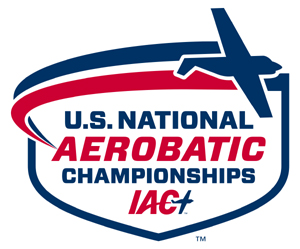Suzanne Chance, of Aurora, Colorado, (Greater Metro Denver area) is the new editor of Sport Aerobatics magazine, official publication of the International Aerobatic Club (IAC). She comes to the IAC with experience in aviation technical writing and editing, as well as a recently found love for aerobatic flight.
“I have been a writer/editor for 30 years, writing newspaper articles, copywriting marketing and press releases, serving as an acquisitions editor for a major reference book publisher, technical writing, a novelist, and many more things,” Chance said.
Chance was…
Read more
